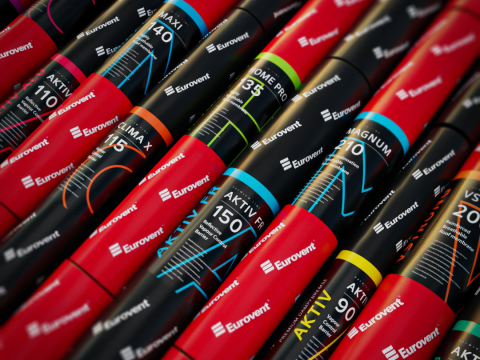Watertightness is a material’s capacity to keep a water column effects its surface. The capacity is one of the most important roof membranes parameters. It is sourced due to the use of a special functional film that constitutes the middle, most important membrane’s layer.
Watertightness is important both at the stage of a roof construction as well as in the course of using it, as it protects the house and the thermal insulation against harmful water effect in the seasons of autumn and spring, when big quantities of condensed water vapour appears under roof covering most often, then it condensates on a roof membrane’s surface.
In case of any roof covering damages, watertightness ensures temporary thermal insulation protection as well as the protection of the roof construction against rising damp. It is really important of a membrane to ensure constantly high resistance to a water column effect despite the aging process.
The DIN Standard assumes that a roof membrane is considered to be watertight if the parameter is on the 1,5 m level of water column [H2O]. Therefore, it is significant that the initial watertightness value on a roof membrane is on the level bigger than 2-3 of a water column, as the value constitutes a kind of protection against the progressive aging process. In the conditions of a very intensive and long-time aging, the decrease of a roof membrane parameters by half will result in keeping the watertightness level in accordance with its norm.

COMMENT:
- Meter is a unit H2O [m].
- Wtaretightness according to the DIN Standard is min. 1,5 m H2O.






